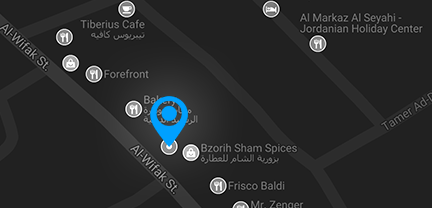Overview
Unity Certified User certification
Empower creators to tell their stories, share their visions and validate their skills.
Unity is the leading content-creation platform for VR/AR, real-time 3D, and mobile 2D. Unity is used by students and professionals around the world to create everything from games to movies, 3D models to VR simulations.
The Unity Certified User certification is an entry-level credential that allows individuals to get started in interactive content creation for industries such as gaming, entertainment, automotive, AEC and XR. The Unity Certified User certification helps employers and institutions verify a candidate’s knowledge and skills using Unity technology to succeed in these industries. Whether it’s a desire to create games and apps or build new worlds in AR/VR, the Unity Certified User certification is the place to start.
Benefits of the Unity Certified User certification
Result-driven way to ensure your curriculum aligns with industry and global standards.
Prepares your students for college or a career using Unity technology to create interactive content.
Positions your students as credible job candidates to employers with an industry-recognized credential.
Exam Roadmap
- Module 1: Debugging, problem-solving, and interpreting the API
- Given an example of a debug log message, create the code that created the log message.
- Given a code clip and its associated error message(s), determine which object(s) is(are) null.
- Given a specific programming task requiring the use of a particular class in the API, determine the appropriate method and/or properties, arguments, or other syntax to use.
- Given a code clip and a description of its desired result, identify the appropriate function to control or trigger a state including but not limited to the Animator Controller.
- Module 2: Creating code
- Indicate when and how to initialize and use variables inlcuding but not limited to the approritate use of all variable modifiers and data collections such as Arrays, Lists and Dictionaries.
- Given a list of keywords and syntax elements, construct a viable Function declaration.
- Given a scenario where a specific type of input is required and the building blocks needed are provided, construct the necessary input listener including but not limited to the keyboard and touch input.
- Demonstrate when and/or how to use the various logic and flow control operators used in C# and Unity. 2.6. Given a scenario, identify appropriate actions to take when a UI element reports a change.
- Module 3: Evaluating code
- Given a scenario about the need to manage an event function, determine the appropriate action to take including but not limited to the keyboard and touch input.
- Given a code clip that produces an error because of a variable whose data type is declared incorrectly, identify the error.
- Given a code clip that produces an error because a function or variable is declared or used incorrectly (public/private mismatch), identify the error including but not limited to the use of Animation events.
- Given a code clip containing a class definition, distinguish whether the class is an ECS class or some other type of class.
- Given a set of code clips, recognize the clip that uses naming conventions that observe Unity naming standards.
- Given a code clip (or a set of code clips), recognize the comments that accurately describe what the code is doing
- Module 6 Navigating the Interface
- Describe the purpose, features, and functions of the various Unity IDE windows.
- Demonstrate how to change the default scripting IDE.
- Given a scenario which includes the following, then create a functional state machine. a. a limited portion of a gaming scenario b. a set of animation clips c. a list of property settings, Create and program a function state machine within the Unity Animator Controller including but not limited to the use of Animator functions syntax.






